Chapter 5 India, That is Bharat Notes & Summary
November 5, 2024Chapter 7 India’s Cultural Roots Notes & Summary
November 5, 2024Introduction
India’s strength lies in its ability to embrace diversity while maintaining a sense of unity. This principle, known as unity in diversity, is fundamental to India’s identity and way of life. It reflects the idea of Many in One, where various cultures, languages, and traditions come together to form a single, harmonious nation. This deep-rooted principle is not just a concept but a guiding force in India’s Swabhava(nature) and Swadharma(duty). By celebrating diversity while fostering unity, India stands strong on the foundation of its unique identity and purpose.
Imagine an ancient tree with many roots and branches. The roots support the tree and its many branches, which grow in different directions but share the same trunk. Indian culture is like this tree. It is several millennia old, with roots that go deep into history and branches that represent art, literature, science, medicine, religion, governance, and more. By exploring these roots and branches, we can understand the unique personality of India.
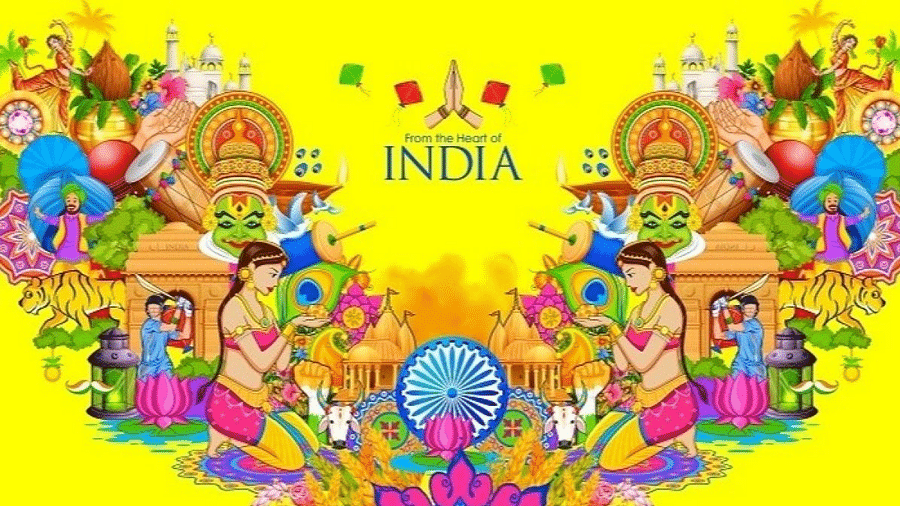
A Rich Diversity
Did traveling by train in India reveal different landscapes, languages, and foods?
Yes, traveling by train in India reveals changing landscapes, diverse dresses, and varied foods.
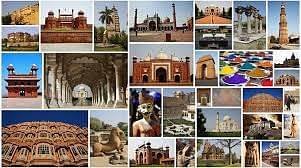
Traveling through India by train reveals a tapestry of changing landscapes, diverse dresses, and varied foods.
The sounds of different languages, both familiar and unfamiliar, fill the air, while various scripts catch the eye.
Even within your own region, you encounter people from different parts of India, each with their unique customs and traditions. This vibrant diversity is often the first impression visitors have of the country.
With over 1.4 billion people, making up about 18 percent of the world’s population, such diversity is expected.
In the late 20th century, the Anthropological Survey of India conducted the “People of India project,” surveying 4,635 communities across all states.
This survey identified 325 languages written in 25 different scripts. It also highlighted that many Indians are migrants, living away from their birthplace or original community.
Food for All
Can you find food grains like rice, barley, and wheat in almost every part of India?
Yes, cereals like rice, barley, and wheat are common in almost every part of India. These food grains are staples in Indian diets because they can be grown in various climates and regions across the country.
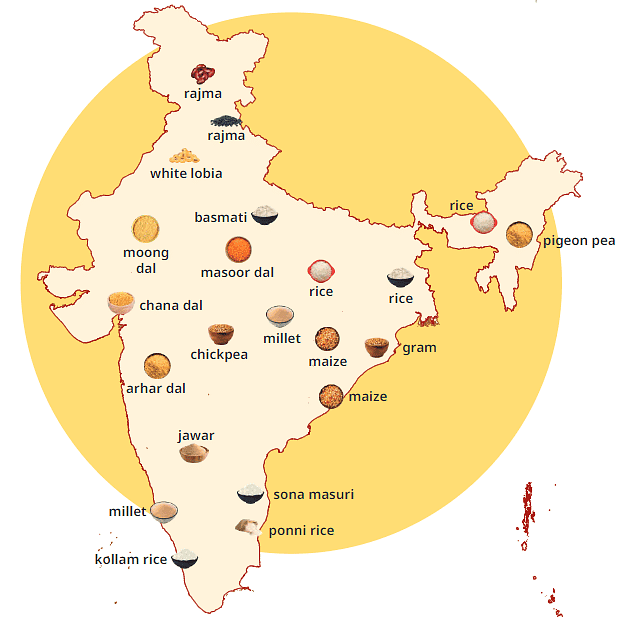
Staple Grains and Common Spices in Indian Cuisine
India is known for its vast variety of food, with thousands of different dishes from various regions.
- Despite this diversity, certain food grains are common across the country. These include:
- Cereals: Rice, barley, and wheat.
- Millets: Pearl millet (bajra), sorghum (jowar), and finger millet (ragi).
- Pulses: Various types of dals and grams.
- Cereals: Rice, barley, and wheat.
These grains are called ‘staple grains’ because they form the basic food for most Indians.
In addition to staple grains, certain spices are widely used throughout India, such as turmeric, cumin, cardamom, and ginger.
Common vegetables and oils are also used across different regions.
Unity in Ingredients, Diversity in Dishes
The same ingredients can be combined in different ways to create a huge variety of dishes. This shows the unity in the basic ingredients and the diversity in the way they are used.
For example, rice can be cooked in many different ways to make various dishes like plain rice, fried rice, rice pulao, and rice pudding.
Similarly, the same spices can be used in different combinations to create unique flavors for each dish.
This ability to use common ingredients in diverse ways is what makes Indian cuisine so rich and varied.
Textiles and Clothing
Can saris be made from both cotton and silk in different regions of India?
Yes, saris can be made from both cotton and silk, and different regions of India are known for specific types of saris like Banarasi, Kanjivaram, and Paithani. Each region has its own weaving techniques and styles that reflect its culture and heritage. For example, Banarasi saris from Varanasi are famous for their intricate brocade work, often woven with gold and silver threads.
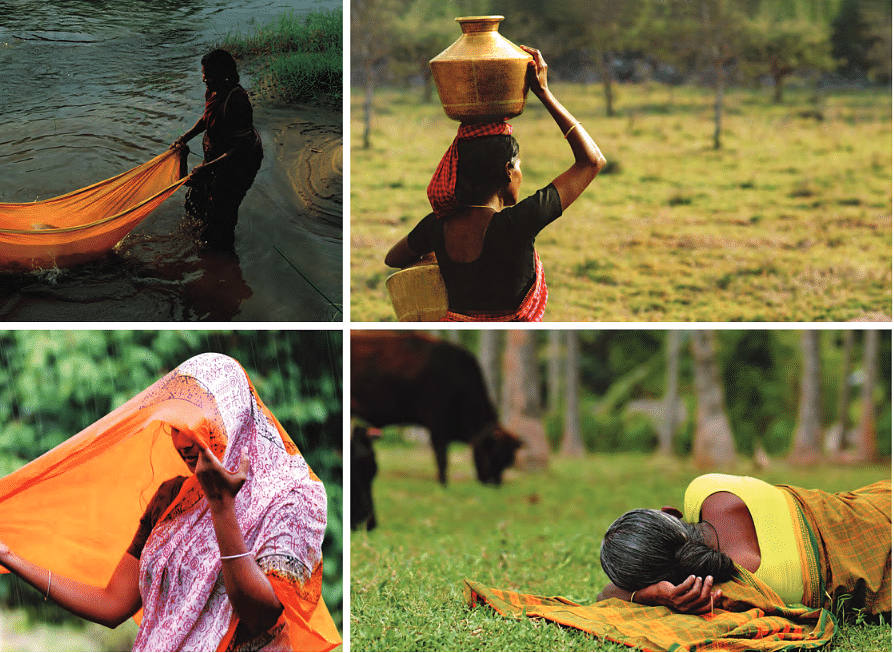
Traditional Indian Dresses: The Sari
Different regions and communities in India have their own unique styles of clothing. However, there are some common traditional Indian dresses, like the sari, which is worn in many parts of the country. Saris can be made from various fabrics such as cotton, silk, and even synthetic materials.
- Types of Silk Saris:Some famous types of silk saris include:
Banarasi
Kanjivaram
Paithani
Patan Patola
Muga
Mysore
- Cotton Saris: There are also many different kinds of cotton saris. The sari, which is an unstitched piece of cloth, comes in hundreds of varieties. These varieties are created through different methods of weaving and designing.
- Weaving and Designing: Some designs are woven into the cloth, while others are printed after the weaving is done. The colors of the saris are produced from various pigments, resulting in endless color variations.
- Historical Significance: The sari has a long history, and ancient stone reliefs, like the one from Vaiéhalí in Bihar, show its use dating back centuries BCE.
- Ways of Wearing: The way a sari is worn can vary from region to region and community to community. New draping styles are still being created today. Despite these variations, the sari remains a single type of dress. In the past, many travelers to India admired the sari for its simplicity, versatility, and the different ways it can be worn.
- Creative Uses: Besides being a dress, women often use the sari for many other purposes, demonstrating its practicality and creativity.
Chintz and the Ban on Indian Textiles
India has a long history of producing the best cotton in the world, and Indian textiles were exported to far-off places like Europe.
One particular type of printed cotton called ‘chintz’ became extremely popular in 17th-century Europe.
The popularity of chintz was so high that it caused a significant decline in the sales of some European dresses.
To protect their own textile industry from this competition, England and France eventually decided to ban the import of chintz from India.
[Question: 1748550]
Festivals Galore
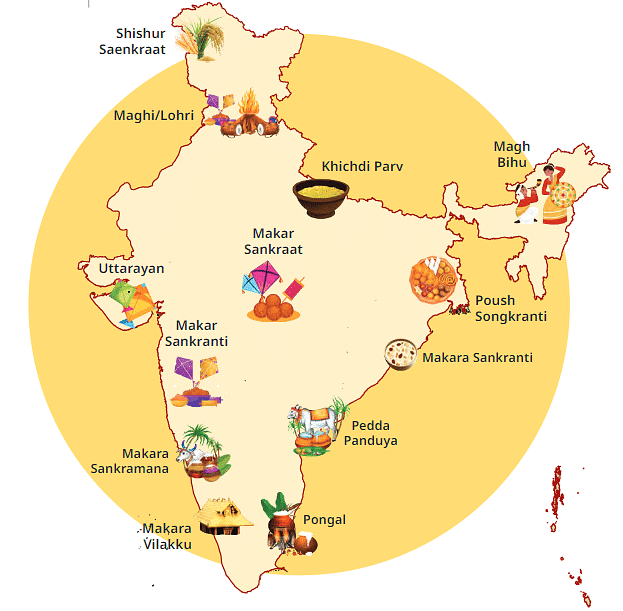
India is home to a vast array of festivals, each with its unique significance and flavor.
Many festivals are celebrated across the country around the same time but are known by different names in different regions.
One such example is Makara Sankranti, which marks the beginning of the harvest season in various parts of India around January 14.
The map illustrates the different names for similar festivals celebrated across India around the same date.
An Epic Spread
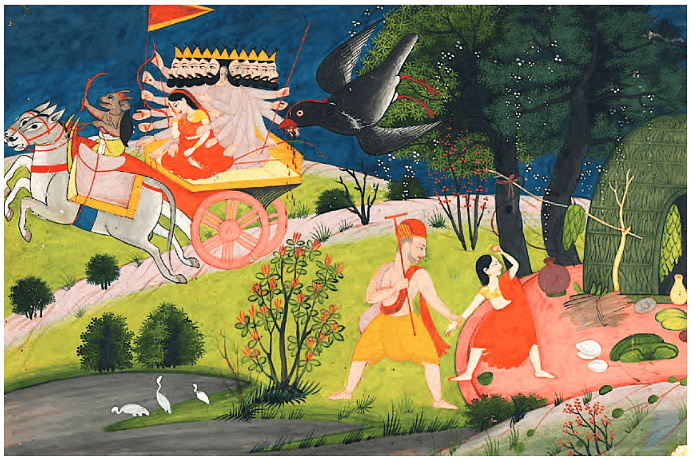
- Literature is a great example of unity in diversity in India. Indian literatures are very diverse and abundant.
Despite differences in language and technique, they share important themes and concerns.
Panchatantra
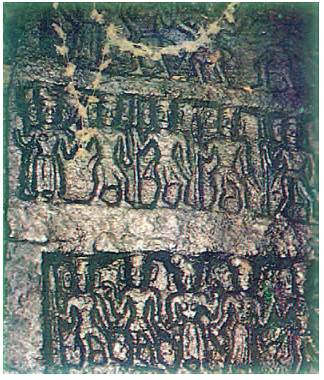
- The Panchatantra is a collection of ancient stories with animal characters that teach important life lessons.
Originally written in Sanskrit over 2,200 years ago, these stories have been adapted into almost every Indian language.
The Panchatantra has also spread beyond India to places like Southeast Asia, the Arab world, and Europe, inspiring around 200 adaptations in more than 50 languages.
Epics: Rämäyana and the Mahäbhärata
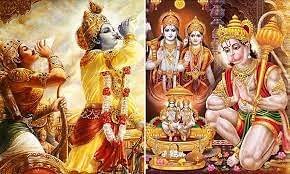
- The Rämäyana and the Mahäbhärata are India’s two great epics that have been translated and adapted for over two thousand years.
There are numerous folk versions of these epics, with a survey in Tamil Nadu alone identifying about a hundred different versions of the Mahäbhärata in folklore.
Many communities, including tribal groups like the Bhils, Gonds, and Mundas, have their own unique versions of the Rämäyaoa and Mahäbhärata.
These tribal adaptations are often passed down orally, along with legends connecting the epic heroes, like the Pandavas and Draupadi, to their regions.
- Anthropologist K.S. Singh noted that the epic heroes, especially the Pandavas, are said to have visited nearly every part of India according to folklore.
The Rämäyaoa and Mahäbhärata have created a rich web of cultural interactions across India and parts of Asia, showcasing unity in diversity.
Diversity and Unity in Indian Culture
Indian culture celebrates diversity as a source of enrichment while maintaining an underlying unity that supports this diversity.
This theme of unity and diversity is also evident in India’s classical arts and architecture.
Mahabharata and Ramayana: Epic Tales of Dharma
The Mahabharata and the Ramayana are two ancient Sanskrit poems that tell the stories of heroes fighting to restore dharma, or righteousness. When written out in full, these poems would fill about 7,000 pages.
The Mahabharata narrates the tale of the Pandavas, who, with the help of Lord Krishna, battle their cousins, the Kauravas, to reclaim their rightful kingdom.
The Ramayana tells the story of Rama, who, aided by his brother Lakshmana and the monkey-god Hanuman, defeats the demon king Ravana, who has kidnapped Rama’s wife, Sita.
Both epics are filled with shorter stories that focus on important values and continuously explore the questions of right and wrong.
Conclusion
India’s vast diversity in landscapes, people, languages, dresses, foods, festivals, and customs is truly remarkable. While diversity is evident in many areas, there is also a strong sense of unity beneath it all. India’s unity celebrates diversity, showing that differences do not create divisions but rather enrich the nation.
Key Words
- Relief: A design that stands out from the surface of a panel (which may be of stone, wood, ceramic or another material).
- Epic: A long poem generally narrating the adventures of heroes and other great figures of the past.

